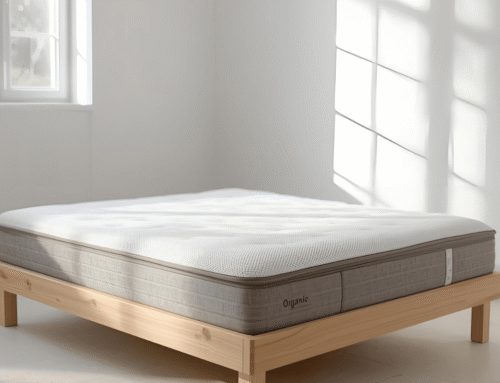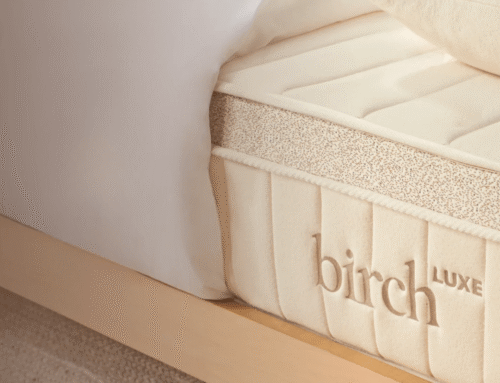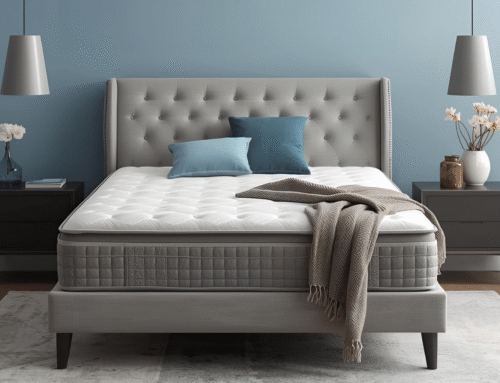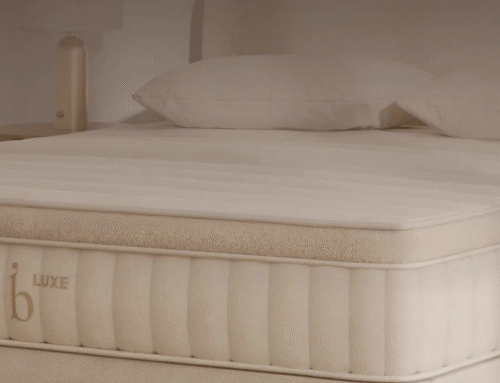Dealing with back pain can feel overwhelming, especially when you’re trying to figure out which mattress feels best. Some people prefer a soft medium mattress for its plush comfort, while others prefer the sturdy feel of something firmer. The key is finding a mattress that supports your spine while easing pressure points, so you can sleep more comfortably.
A medium soft mattress can hug your body better, which may help with pressure relief, especially if you’re a side sleeper. On the other hand, a firm mattress provides solid support that keeps your back from sinking down, which can be helpful if you sleep on your back or stomach. It’s less about firmness alone and more about what keeps your body aligned.
When considering the right choice, it’s important to understand the difference between medium soft and firm mattresses. So, is it better to sleep on a medium soft or firm mattress, or is the right choice more about aligning with your unique needs? Let’s explore how these mattress types can support your body, reduce discomfort, and help you wake up feeling more refreshed.
Key Takeaways
- Mattress firmness affects back pain relief since it affects spinal alignment and overall comfort. Choosing the right firmness level helps reduce discomfort and support a healthy posture.
- Medium-firm mattresses provide an ideal balance because they offer enough support to keep the spine aligned while cushioning pressure points.
- Soft mattresses may feel comfortable at first, but they often lack essential support. Without proper spinal alignment, they can contribute to misalignment and worsen back pain over time.
- Firm mattresses offer strong support, yet they may not suit everyone. Extra firm options help maintain spinal alignment, though they can feel too rigid, especially for side sleepers.
- Personal preference and sleep position determine the ideal firmness level. Factoring in individual comfort needs and sleeping habits ensures both proper support and restful sleep.

Why Mattress Firmness Matters for Back Pain
The right mattress firmness can really affect how your back feels. A mattress that’s too soft might let your body sink down, which can throw off your spine’s alignment and leave you feeling sore. On the other hand, a mattress that’s too firm can create pressure points that limit blood flow and cause discomfort.
For many people with back pain, a medium firm mattress provides both support and comfort. It gives enough cushioning to ease pressure while still supporting your spine. That balance can reduce stiffness and improve sleep quality.
When deciding between different firmness options, you may ask yourself, is a medium soft or medium firm mattress better for back pain? The answer depends on your personal needs. Which is right for you? Medium firm and medium soft mattress? Heavier sleepers often prefer a firmer mattress for added support, while lighter sleepers may find a medium soft mattress more comfortable. Testing different options will help you determine what works best for your back.
Benefits of a Medium Soft Mattress for Back Pain
What is a medium soft mattress, and is it good? How soft is a medium soft mattress, and can it offer both comfort and support for your body? A medium soft mattress can provide softness and support, especially if you sleep on your side. The extra cushioning allows your hips and shoulders to sink slightly, which helps reduce pressure and keeps your spine in better alignment. This can be helpful for easing back pain, particularly if you deal with sensitive joints.
If you have a lighter body weight or prefer a softer feel, a medium soft mattress can provide enough comfort without feeling too firm. The softer surface helps distribute your body weight more evenly, which can reduce tension in your lower back. Just be mindful that going too soft might cause your body to sink down, which can throw off your alignment.
For those managing back pain, balance is important. A medium soft mattress should contour your body while still providing enough support to support your spine. Testing different firmness levels can help you find a mattress that provides both comfort and pain relief.
Benefits of a Firm Mattress for Back Pain
Finding the right mattress is important in managing back pain. A firm mattress is often recommended for better support and improved spinal alignment, especially for certain sleeping positions.
- A firm mattress provides full support and helps your spine stay in a neutral position. This is great for back and stomach sleepers since your body stays level instead of sinking too much.
- People with a higher body weight or those who sleep on their back or stomach may feel more supported on a firm mattress. The extra firmness keeps your pelvis and shoulders from sinking, which helps your spine stay straight.
- Some firm mattresses may feel too stiff, which can create pressure points and cause discomfort. Adding a mattress topper or choosing a firm model with extra cushioning can improve comfort without losing support.

How to Test Mattress Firmness
Lie down in your usual sleeping position and check if your spine feels aligned. Your back should rest naturally without sinking too much or feeling awkwardly lifted. Any strain in your hips or shoulders could mean the mattress is either too firm or too soft. Pay attention to pressure points while you rest. If your hips, shoulders, or back feel sore or tense, the mattress may lack proper support or cushioning. Testing this early can help you avoid discomfort later.
To check for support, ask someone to slide their hand under your lower back. If their hand slips in with little resistance, the mattress might not provide enough support. Spend at least 15 minutes lying down to get a true sense of comfort. Testing with a partner helps you find a mattress that suits you both.
Sleeping Positions and Mattress Firmness
Your sleep position is important in choosing the right mattress. Is a medium soft mattress good for side sleepers, and who should sleep on a medium soft mattress? Side sleepers often prefer medium soft to medium options since they cushion the shoulders and hips enough to keep the spine aligned. A mattress that feels too firm may create pressure points, while one that feels too soft might cause you to sink too deeply.
Back sleepers usually do better on medium firm to firm mattresses. These provide enough support to maintain the spine’s natural curve without feeling too stiff. Softer beds may seem comfortable at first, yet they can cause your lower back to dip, which can lead to discomfort.
Stomach sleepers need a firmer mattress for better support. A solid surface helps keep the pelvis from sinking too far, which prevents strain on the lower back. Softer options may feel relaxing at first, yet they often leave you feeling sore in the morning.
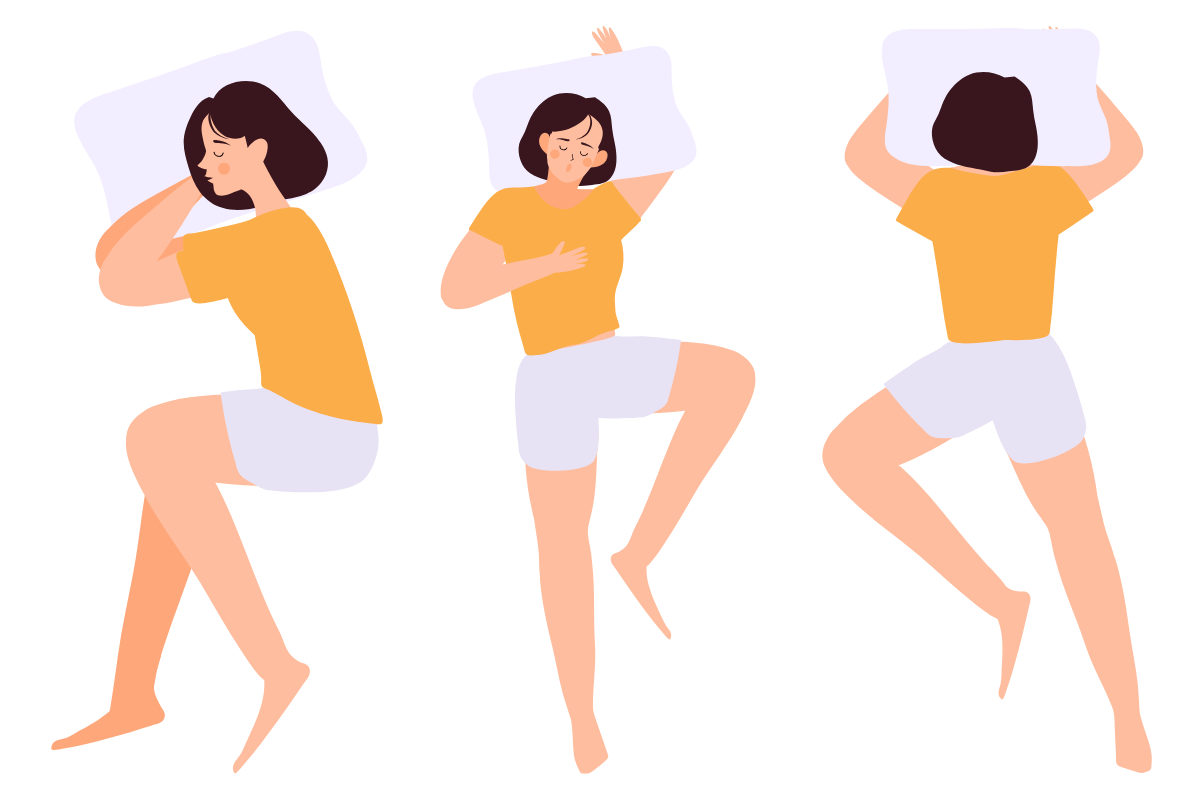
Signs Your Mattress Isn’t Right for Your Back
Waking up with a stiff or sore back can be a sign your mattress isn’t giving you enough support. A mattress that’s too soft may cause your spine to sink, while one that’s too firm can create pressure points. Either way, your body ends up strained instead of relaxed.
Numbness or tingling in your arms or legs could mean your mattress isn’t distributing your weight properly. This often happens when a mattress lacks cushioning in key areas or doesn’t align your body evenly. Over time, this can leave you feeling uncomfortable and restless.
If you’re tossing and turning or waking up feeling drained despite sleeping for hours, your mattress might not be meeting your needs. A different firmness level could offer better comfort and support. Paying attention to these signs can help you decide if it’s time for a change.
How Mattress Material Affects Back Support
The material of your mattress really impacts how it supports your back. Memory foam does a great job of molding to your body and easing pressure points. However, it might not provide enough support if it’s too soft. For those who like a mattress that contours to their shape, memory foam can be a good fit, but be cautious of sacrificing support for comfort.
Latex mattresses balance softness and support. They tend to be more durable than memory foam and provide a responsive feel that cradles you just enough, while still giving the right amount of firmness for back alignment. If you want a mattress that lasts and helps keep your spine comfortable, latex could be the right choice.
Innerspring mattresses are known for strong support. Yet, they may not do as well with pressure relief unless you add a soft topper. For those who need solid back support but also appreciate a little cushioning, pairing an innerspring mattress with a soft layer can provide a comfortable and supportive sleep experience.
How Long Does It Take to Adjust to a New Mattress?
Getting used to a new mattress can take a bit of time, usually around 2 to 4 weeks. During this period, your body needs to adapt to the different support and feel compared to what you’re used to. It’s completely normal to experience some discomfort as you adjust.
In the beginning, you might notice that your sleep quality shifts. This can happen because your body is getting accustomed to the new surface, which may feel firmer or softer than expected. But don’t worry, the discomfort usually fades as your body adjusts to the new mattress.
After a few weeks, you’ll likely start to notice that you’re sleeping more comfortably, and any initial soreness should ease up. Everyone adjusts at their own pace, so it’s important to give yourself time. Patience really helps during this transition period.

Best Mattress Firmness Based on Body Type
The mattress firmness you choose depends on how your body feels on it. For those who weigh less than 130 lbs, a medium soft to medium mattress usually works best. It has enough softness without feeling like you’re sinking too deep into the bed.
For those in the 130–230 lbs range, a medium firm mattress tends to provide the ideal balance. It gives the right amount of cushioning but still offers firm support, which helps keep your spine aligned.
People who weigh more than 230 lbs often prefer firmer mattresses. These help avoid sinking too much and ensure better spinal alignment. With more support, it’s easier to sleep comfortably without feeling like the bed’s swallowing you up.
Final Thoughts
The right mattress for back pain depends on your comfort, body type, and sleep position. A medium firm mattress often has the right balance of support and pressure relief, though it can differ from person to person. What works for someone else might not work for you.
If your back pain comes from a specific issue, you may need a mattress that provides extra support in certain areas. Testing different firmness levels helps you find what really works for your body. What feels comfortable is key.
At the end of the day, the mattress you choose should offer the right level of support for you. Take the time to try different options and see how each one feels. A little testing will guide you toward a mattress that improves your sleep and reduces discomfort.



